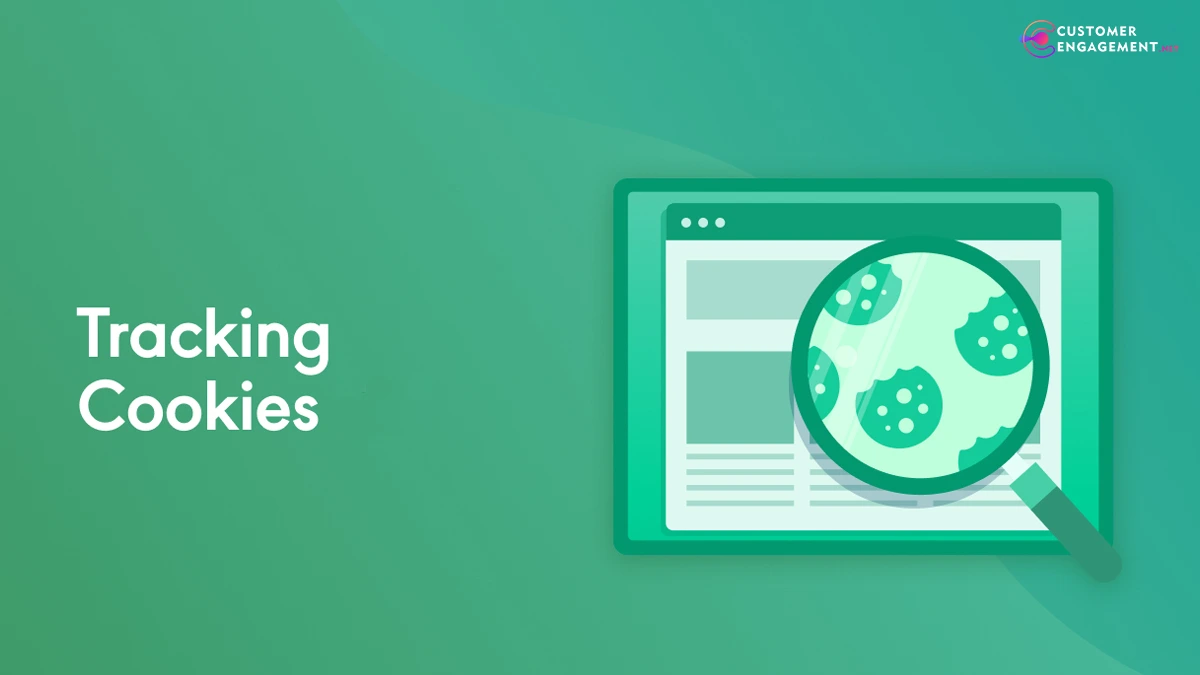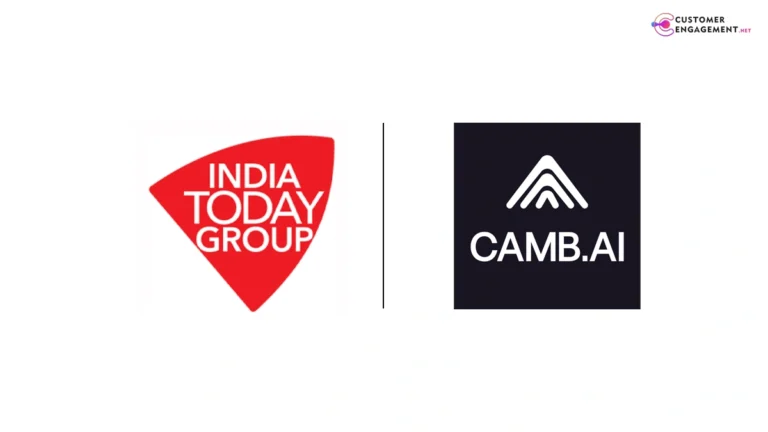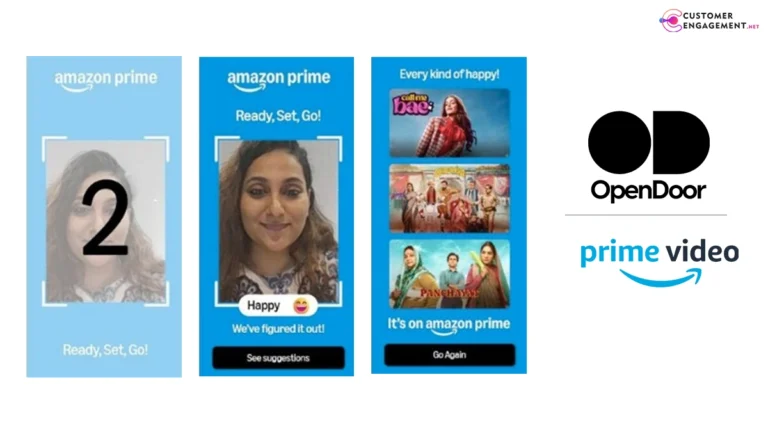
The digital marketing ecosystem is undergoing a seismic shift as third-party cookies—once the backbone of online targeting and attribution—rapidly phase out, driven by mounting privacy concerns and new browser policies. In response, brands are doubling down on first-party data strategies to maintain and even enhance personalized customer engagement and targeting.
Why Third-Party Cookies Are Fading
- Privacy Regulations: Laws like GDPR and CCPA, alongside growing user demands for transparency, have forced browsers and tech giants to restrict third-party cookie tracking.
- Browser Changes: Chrome, Safari, and Firefox have implemented cookie-blocking measures, accelerating the decline of third-party trackers.
- Trust and Transparency: Consumers increasingly favor brands they trust with their data, leading marketers to rethink data collection and stewardship.
What Is First-Party Data?
First-party data is information collected directly from consumers by the brand or publisher—via websites, apps, loyalty programs, purchases, surveys, or customer service interactions. Unlike third-party data, which is aggregated and sold by intermediaries, first-party data is highly relevant, consent-driven, and often more accurate.
Examples of First-Party Data
- Email addresses submitted for newsletters
- Past purchase history and transaction records
- Behavioral data from your website/app (clicks, time on site, downloads)
- Responses from surveys and direct customer feedback
- Loyalty and rewards program participation
The Shift: From Cookies to Connections
Why First-Party Data Matters More Than Ever
- Personalization: Enables tailored offers, content, and recommendations based on real consumer behavior and interests.
- Targeted Advertising: Empowers accurate audience segmentation for digital campaigns without relying on third-party trackers.
- Privacy Compliance: Collection done with user consent, building trust and mitigating regulatory risk.
- Data Accuracy: Higher quality and recency, as it comes straight from the customer.
- Omnichannel Integration: Connects customer touchpoints across devices and platforms for cohesive experiences.
Strategies for Building Robust First-Party Data
1. Optimize Value Exchange
Give users a compelling reason to share their data:
- Offer exclusive content, personalized deals, or loyalty points in exchange for registration.
- Keep the process transparent—make it clear what data you’re collecting and why.
2. Enhance Onsite Engagement
- Use interactive website features: quizzes, calculators, and product selectors encourage deeper interaction and voluntary data sharing.
- Implement progressive profiling—gradually collect more data as the relationship deepens.
3. Strengthen Loyalty and Membership Programs
- Reward participation, reviews, referrals, or repeat purchases with points, discounts, or VIP status.
- Use loyalty data to personalize promotions and experiences.
4. Leverage Email, SMS, and Direct Channels
- Collect and use engagement data (opens, clicks, preferences) to refine offers and communications.
- Use consent management tools to ensure regulatory compliance and transparency.
5. Invest in Customer Data Platforms (CDPs)
- Centralize, unify, and activate first-party data for consistent targeting across digital and real-world channels.
- Enable privacy-by-design architecture to keep data secure and well-governed.
Key Challenges
- Data Silos: Integrating fragmented data from multiple sources can be complex.
- Data Quality: Requires ongoing validation and management to prevent decay.
- User Trust: Brands must consistently deliver value and maintain transparency to encourage data sharing.
The Future: Personalization Built on Trust
With third-party cookies fading into digital history, the brands that thrive will be those investing in robust first-party data strategies grounded in trust, transparency, and meaningful customer value. This foundational shift empowers organizations to deliver high-impact personalization, superior targeting, and loyalty-driving experiences – all while honoring privacy expectations.



















